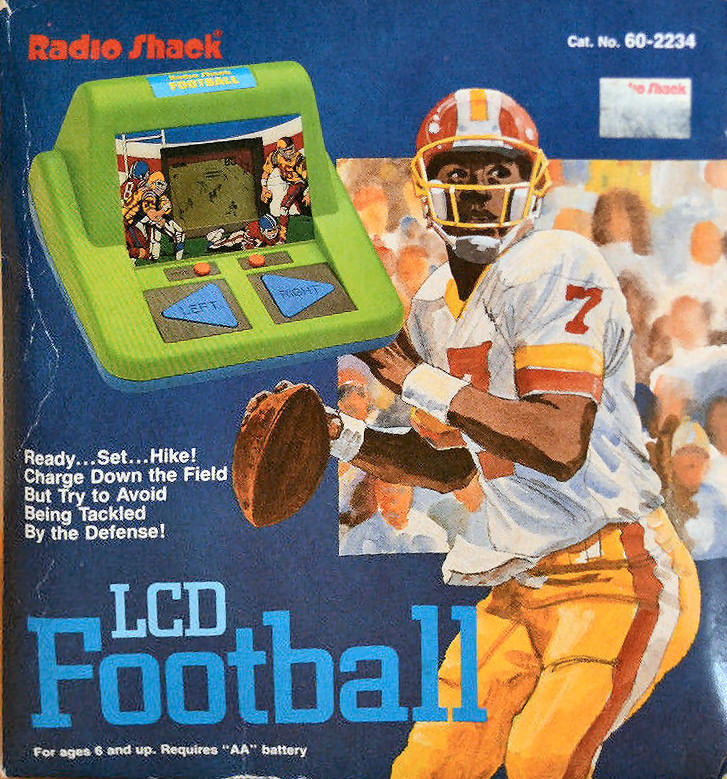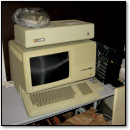[ Retro Scan of the Week ] Axiom Printer Card
February 23rd, 2015 by Benj EdwardsAh, the good ole days when you had to pay $535 (that’s $1,744 in today’s dollars) for the privilege of merely being able to hook a printer to your home computer. What can I say — it was a useful feature.
My first computer, an Apple II+, came equipped with a Grappler+ printer card (from the previous owner), although I can’t recall ever using it. Instead, I printed school reports by that time from whichever family MS-DOS machines we had at the time, each of which included a built-in parallel port for printer use.
What a great day it was when I switched from a noisy dot matrix printer to the that awesome Canon Bubblejet we had. Silent printing! And the day we got our first full-color photo capable HP inkjet printer around 1996. It was pretty low resolution, but still amazing.
Today, I don’t print much. I have a color laser copier in service to reproduce scanned documents (in lieu of a copy machine) in case I need a hard copy of something — usually a form or contract — to mail.
Discussion Topic of the Week: Do you regularly print anything from your computer these days? What do you print?



 After 94 years in business, it is likely that Radio Shack will soon be no more. And sadly, it has taken the impending death of Radio Shack for me to realize how absolutely ingrained its products have been in my life.
After 94 years in business, it is likely that Radio Shack will soon be no more. And sadly, it has taken the impending death of Radio Shack for me to realize how absolutely ingrained its products have been in my life. Above and beyond all that were the games, the toys, the amusements. The Armatrons and Cosmic Fire Away 1000s. Pocket Blackjack, electronic chess, Pocket Repeat, RC cars, tiny kid DJ stations, microphone FM transmitters, electronic coin banks, joysticks, talking alarm clocks (Dare I add the Tandy 1000 series and the TRS-80 Color Computer). The list is endless, I tell you.
Above and beyond all that were the games, the toys, the amusements. The Armatrons and Cosmic Fire Away 1000s. Pocket Blackjack, electronic chess, Pocket Repeat, RC cars, tiny kid DJ stations, microphone FM transmitters, electronic coin banks, joysticks, talking alarm clocks (Dare I add the Tandy 1000 series and the TRS-80 Color Computer). The list is endless, I tell you.










